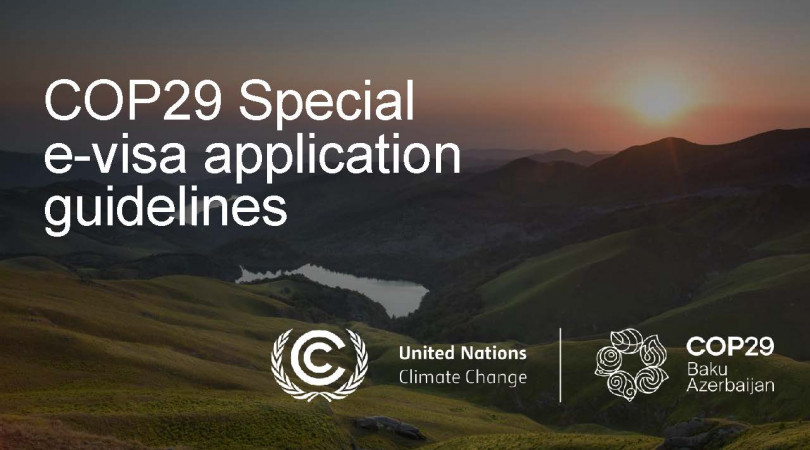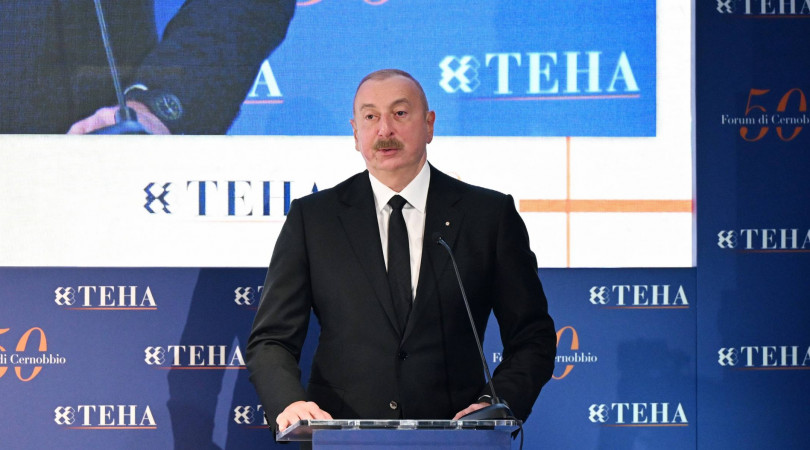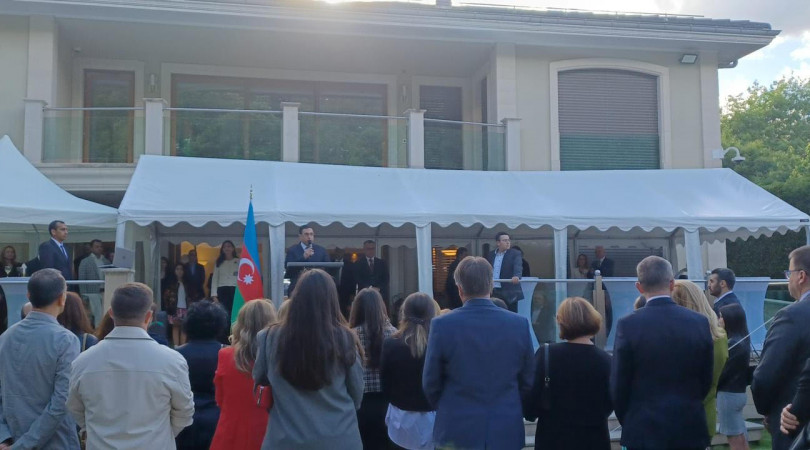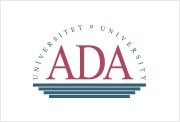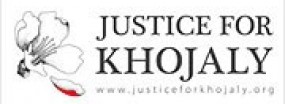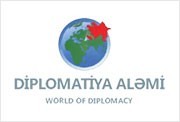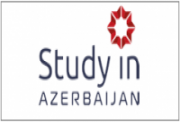2016-05-03
Armenia aims to strengthen its military presence in occupied territories, says Azerbaijan
The main purpose of Armenia is to continue armed provocations against Azerbaijan, maintain the status quo in the Nagorno-Karabakh conflict and strengthen its military presence in the occupied Azerbaijani territories, Azerbaijani Deputy Foreign Minister Khalaf Khalafov said.
He made the remarks May 3 while speaking at the meeting on Azerbaijan of the UN Committee on the Elimination of Racial Discrimination Consistent ceasefire violations by Armenian armed forces and use of destructive weapons may bring about a new war and create a new wave of refugees, according to the deputy FM.
Khalafov noted that in recent days Armenian armed forces have continued intensive shelling of Azerbaijani residential areas, as a result of which a number of civilians were killed, and several homes and school buildings were damaged.
Armenia’s criminal actions violate international humanitarian law and leads to a new social crisis, Azerbaijan’s deputy FM said, urging the international community to prevent these actions of Armenia.
“Armenian should return to talks over the conflict’s settlement and withdraw its troops from the occupied Azerbaijani territories,” he stressed.
Khalafov added that Azerbaijan is ready for effective dialogue.
The Nagorno-Karabakh conflict entered its modern phase when the Armenian SRR made territorial claims against the Azerbaijani SSR in 1988.
A fierce war broke out between Azerbaijan and Armenia over the Nagorno-Karabakh region of Azerbaijan. As a result of the war, Armenian armed forces occupied some 20 percent of Azerbaijani territory which includesNagorno-Karabakh and seven adjacent districts (Lachin, Kalbajar, Aghdam,Fuzuli, Jabrayil, Gubadli and Zangilan), and over a million Azerbaijanis became refugees and internally displaced people.
The military operations finally came to an end when Azerbaijan and Armenia signed a ceasefire agreement in Bishkek in 1994.
Dealing with the settlement of the Nagorno-Karabakh conflict is the OSCEMinsk Group, which was created after the meeting of the OSCE Ministerial Council in Helsinki on 24 March 1992. The Group’s members include Azerbaijan, Armenia, Russia, the United States, France, Italy, Germany, Turkey, Belarus, Finland and Sweden.
Besides, the OSCE Minsk Group has a co-chairmanship institution, comprised of Russian, US and French co-chairs, which began operating in 1996.
Resolutions 822, 853, 874 and 884 of the UN Security Council, which were passed in short intervals in 1993, and other resolutions adopted by the UN General Assembly, PACE, OSCE, OIC, and other organizations require Armenia to unconditionally withdraw its troops from Nagorno-Karabakh.


